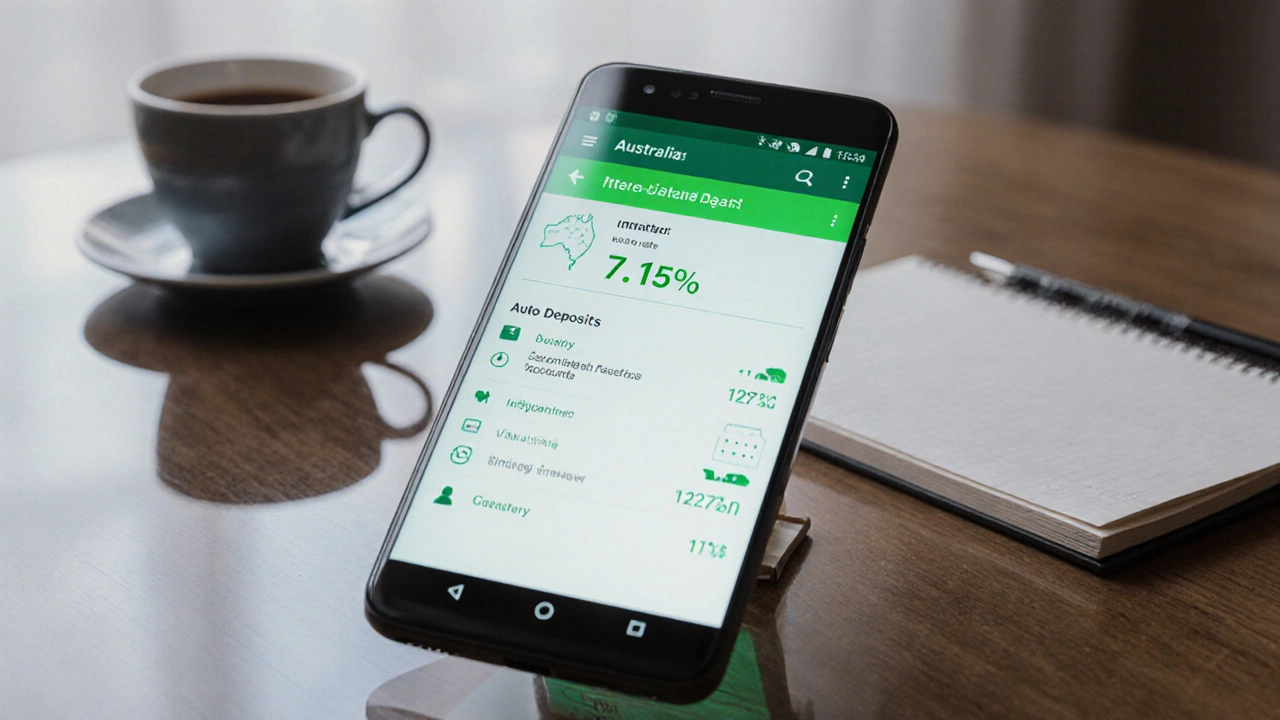Savings Accounts Guide – What You Need to Know
Looking for a place to park cash without risking the principal? A savings account is the go‑to tool for most UK households. It’s safe, liquid, and can earn a modest return while you decide on bigger moves. Below we break down the essentials – from how much to keep in the account to which high‑rate offers are real and which are hype.
How Much Should You Keep in a Savings Account?
Everyone says “keep an emergency fund,” but the exact amount varies. A practical rule is to cover three to six months of living expenses. If your monthly bills total £2,500, aim for a balance between £7,500 and £15,000. This range gives you breathing room if a job disappears or an unexpected repair pops up.
Don’t over‑stock. Money sitting in a low‑interest account loses purchasing power to inflation. Once you hit your emergency target, think about moving excess cash into higher‑yield options – a fixed‑term CD, a high‑yield savings product, or even a low‑risk investment fund.
Another tip: keep a small, everyday‑spending buffer (around £200‑£500) in a separate account linked to your debit card. That way, you avoid dipping into your emergency stash for routine purchases.
Chasing High Returns – 7% and 10% Myths
Headlines about "savings accounts with 7% interest" grab attention, but the reality is narrower. Only a handful of niche products, often with strict qualifying criteria, manage double‑digit rates. These might require you to lock money away for a year, fulfill a minimum monthly deposit, or be tied to a specific investment strategy.
If a bank promises 10% on a straight savings account, stop and ask: where’s the risk? In most cases, such offers are either promotional rates that fall sharply after a few months, or they involve limited access and penalties for early withdrawal.
Smart ways to boost returns without falling for gimmicks include:
- Shop around for introductory offers from challenger banks. They may give 1.5‑2% for the first six months.
- Consider fixed‑term CDs if you can lock funds for 12‑24 months. Current rates sit around 3‑4% for well‑rated institutions.
- Use “high‑yield” accounts that combine savings with investment components, but read the fine print about fees and market exposure.
Remember, a higher rate usually means tighter terms. Weigh the convenience of instant access against the extra percentage points you’ll earn.
Beyond the numbers, keep an eye on account fees. Some banks charge £5‑£10 a month for premium features that erode any extra interest you gain.
In short, aim for a solid emergency fund, then sweep any surplus into the best‑rated high‑yield or CD product you can find. Stay alert to promotional traps, and you’ll keep your money growing without unnecessary risk.
Which Banks Are Offering 7% Interest on Savings Accounts in 2025?

In 2025, only a few digital banks in Australia offer 7% interest on savings accounts-but it comes with strict conditions. Learn who's offering it, how to qualify, and what happens after the promo ends.
Read More >>Savings Accounts With 7% Interest: Which UK Banks Offer The Best Rates?

Uncover which UK banks actually offer 7% interest on savings, the rules behind these eye-catching rates, and smart tips to make the most of your money.
Read More >>How Much Cash Should You Keep in a Savings Account?

This article digs into how much money you should actually keep parked in your savings account. We break down why having the right amount matters, how to decide your target balance, and what to do if you have too much or too little set aside. Expect practical advice, expert-backed tips, and things people usually overlook when managing their emergency savings. Whether you're just getting started or rethinking your goals, you'll get clear steps to take. We also highlight some common mistakes and easy fixes.
Read More >>How to Get 10% Returns with Savings Accounts: The Real Story

Chasing a 10% return through savings accounts sounds amazing, but is it actually possible? This article breaks down what's realistic, why big banks won't offer eye-popping rates, and sneaky ways to boost your savings. Get actionable tips for stretching your money further while dodging common traps and scams. By the end, you'll know exactly where to look, what to avoid, and how to make your savings work harder.
Read More >>Is Now the Right Time to Invest in a CD?

Wondering whether a CD is worth your money right now? This article breaks down the pros and cons of investing in a CD today. Learn about current interest rates, potential benefits, and common pitfalls so you can make an informed decision. Discover tips for choosing the right CD and what to consider before locking in your savings. Get clear, practical advice to help you decide if a CD fits into your financial strategy.
Read More >>Optimal Savings: What Amount is Right for You?

Knowing how much to save can be challenging. From gauging your lifestyle to setting clear financial goals, understanding optimal savings is crucial. This article explores how much money is recommended in savings, tailoring advice to different situations. We'll also share tips that help you effectively manage and grow your savings.
Read More >>